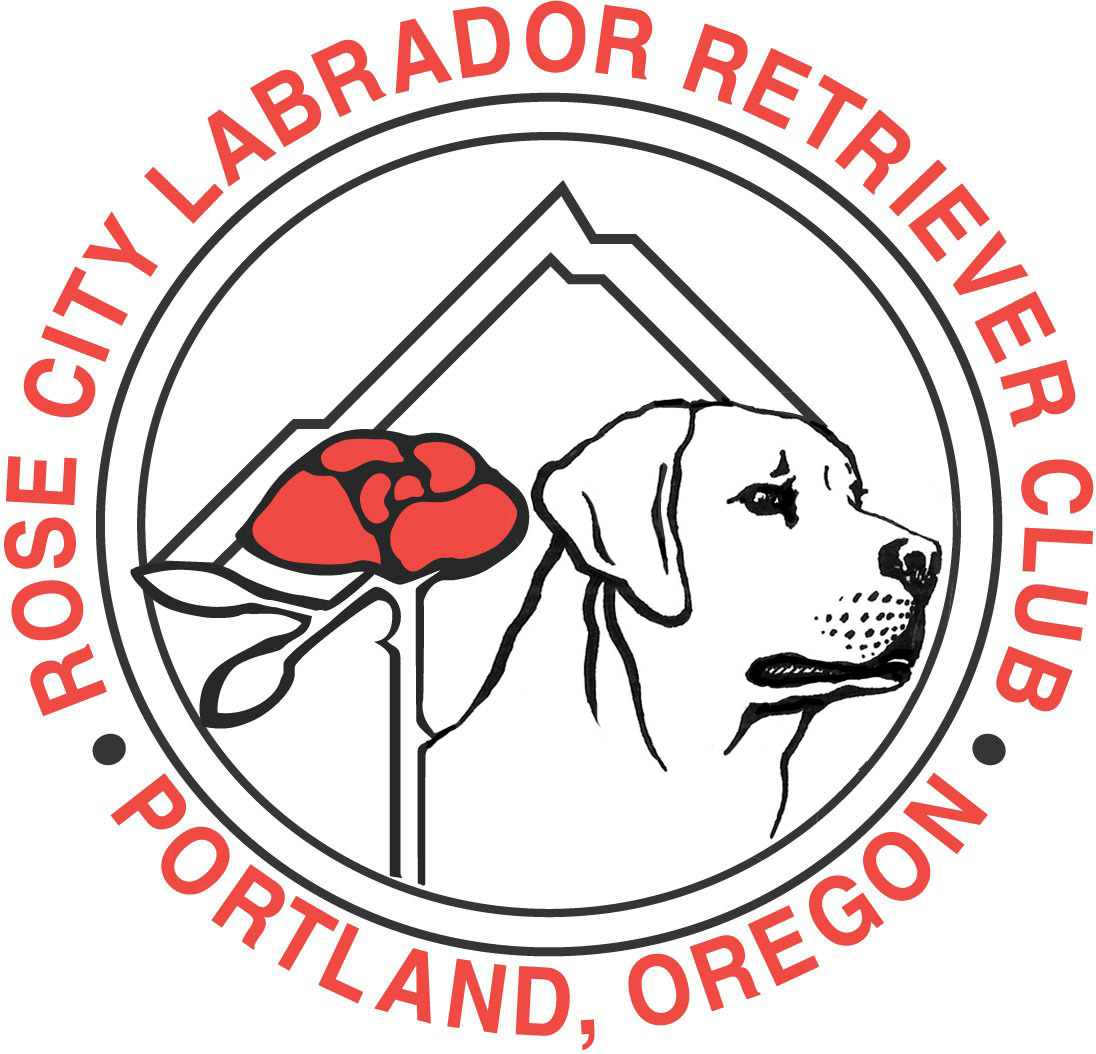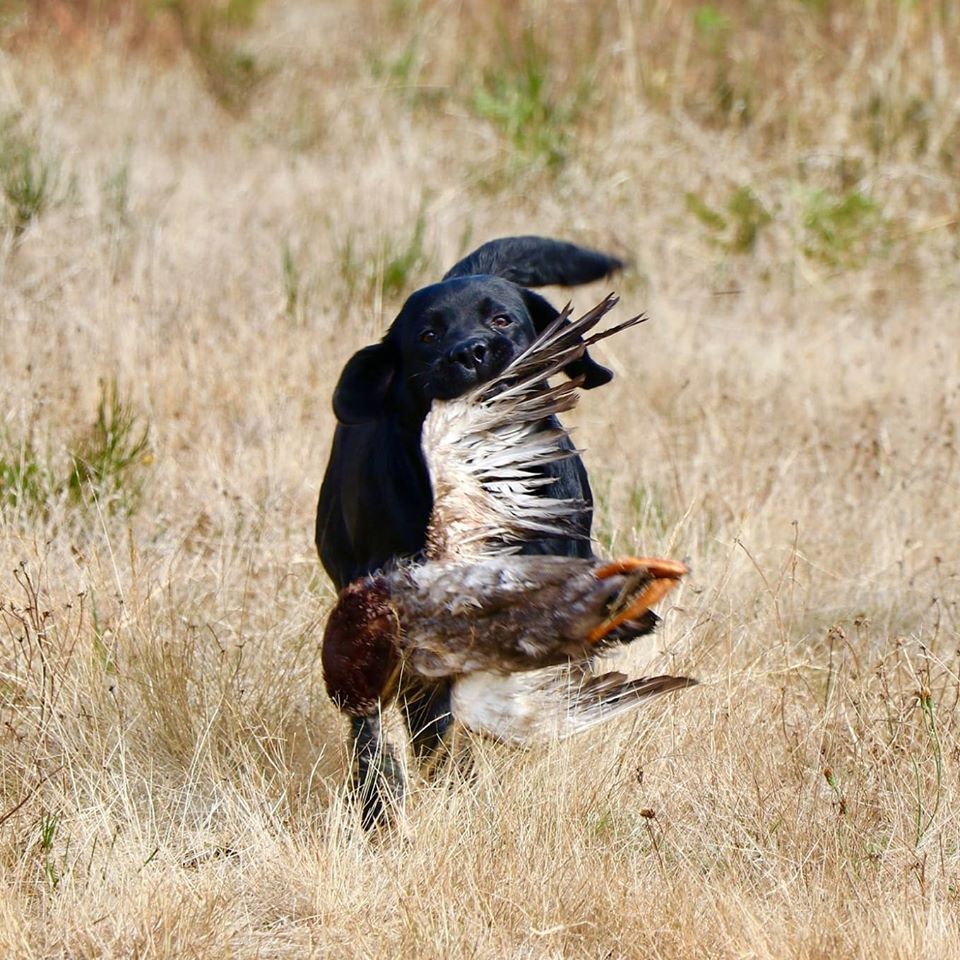Join us for a field day challenging your dog's natural retrieving skills at our
WC Test - Saturday, June 1
Come out to the WC Test - Saturday, June 1
Labradoodles
This is an interesting look at Labradoodles, written from the other side of the cross—the Poodle side.
The author, Anne Rogers Clark passed away in 2006. She was a Poodle breeder, handler, and AKC judge, and well-respected in the dog community for many, many years.
Did you know this unfortunate "crossbreed fad" was initiated by the needs of just ONE person? This article is from the Poodle breed column, in the June 2006 AKC Gazette - page 67, by Anne Rogers Clark.
Recently, Labradoodle breeders have been selling these cross-bred dogs at very high prices.
"The following is offered to clear up any misunderstanding concerning the breeding of labradoodles by The Royal Guide Dogs of Australia." [Poodles breed column, June 2005] This is reprinted with the permission of the Guide Dog Association of Victoria.
Information on Labradoodles
Labradoodles are a cross between a Labrador Retriever and a standard Poodle.
Royal Guide Dogs Association of Australia bred its first litter of labradoodles in late 1989, in an effort to produce a dog that would be more suitable for people with allergies.
The coat of the Poodle is generally recognized as being more suitable for people with allergies, because it does not shed as much as coats of other dogs. The Association aimed to produce a dog the would combine the temperament of the Labrador (which is suitable for Guide Dog training) with the coat of a Poodle.
The Association does not claim that Labradoodles are allergy-free, or non-allergenic, as has been often written about these dogs. They were bred as part of an experimental process aimed at finding a dog that is trainable for Guide Dog work, but has a coat more suited to people with allergies. In a litter of 10 labradoodles, a person who is allergic to most dogs could find they were allergic to 8 of the 10 labradoodles, or even all of them.
The project was initially designed to meet the needs of one particular woman from Hawaii, whose husband was allergic to most dogs. This woman had requested that the Association try to find a dog that could be trained as a Guide Dog and would not produce an allergic reaction in her husband.
Samples of the coats of all three dogs, from the first litter of labradoodles, were sent to Hawaii. The woman's husband showed some allergic reaction to two of the three coats. The dog which did not produce an allergic reaction in the husband went on to be trained and is working most successfully in Hawaii.
A vision-impaired person, assessed as suitable for a Guide Dog, but who has allergies, is thoroughly tested by a qualified allergist for a reaction with the hair, skin scraping, and saliva sample of the labradoodle, before the dog is allocated to the person as a Guide Dog.
The last labradoodles to qualify as Guide Dogs were bred in 1996. Guide Dogs Victoria has no plans to continue any further development of this particular crossbreed. The success rate of the cross was less than 35 percent for use as Guide Dogs, with only a small proportion of those being utilized in the allergy situations as outlined above. The testing process outlined above found that many Labrador Retrievers could also be utilized in these particular circumstances.
Guide Dogs Victoria is a not-for-profit organization and utilized its own breeding program to provide dogs of sound temperament and physical requirements for use as Guide Dogs.
Our thanks to the Guide Dog Association of Victoria for this information.
~ Anne Rogers Clark
ROSE CITY LABRADOR RETRIEVER CLUB
PORTLAND, OREGON
INFORMATION
All Rights Reserved | RCLRC
All Rights Reserved | RCLRC



